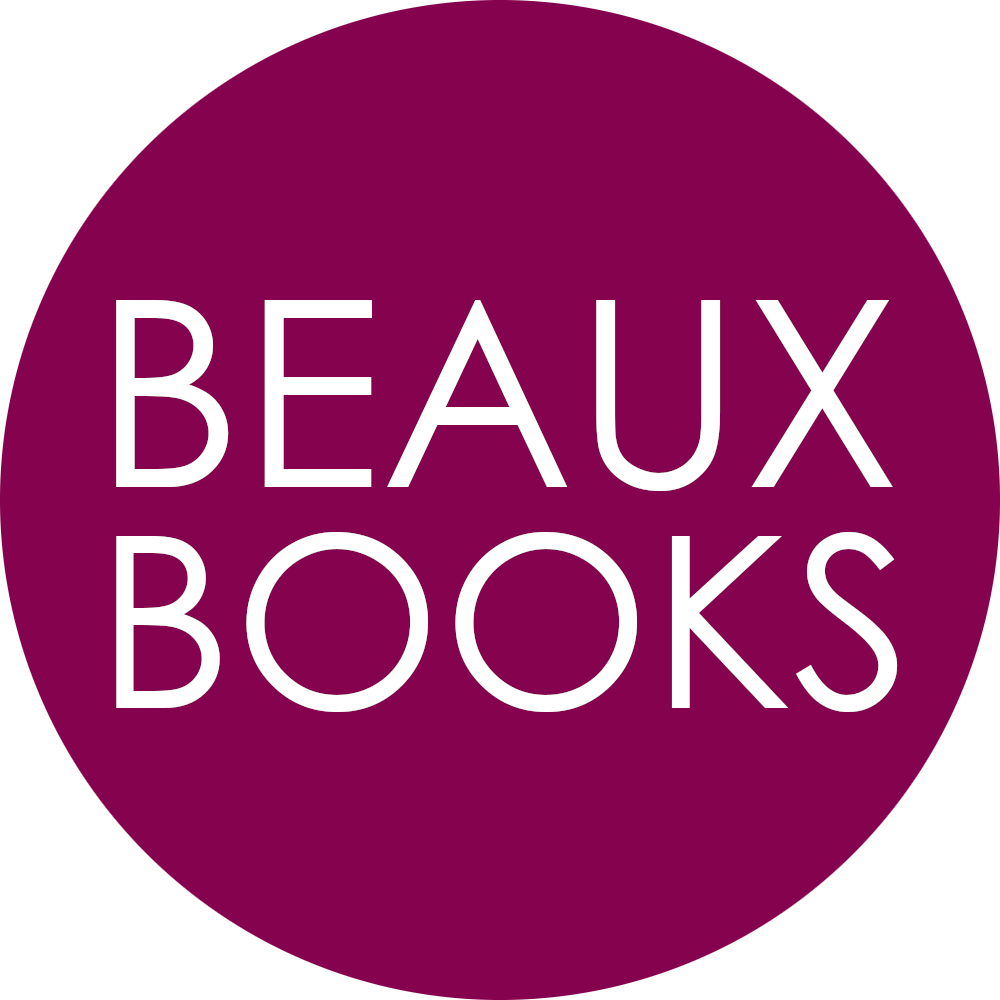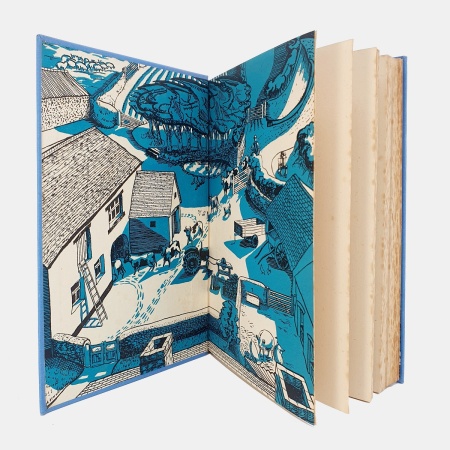John Banting.
Editions Poetry London. London. 1946. First book edition. Prints previously published as 'For Social Service' in a limited edition of 10 copies in 1933. Hardback; blue cloth-bound boards with gilt title to spine, dust jacket. 57 pages. Illustrated title-page and 25 full-page cyanotype plates by Banting, including 1 double-page. English. 250 x 190mm. 0.3kg. . Very good, in very good dust jacket; light shelf wear and soiling to jacket, light wear to forecorners and spine ends, a couple of short tears and very slight loss at head of spine, short tear to front top-edge and rear top forecorner, light spotting to verso and flaps, not price-clipped; some light spotting to endpapers, a couple of short nicks to front free endpaper, contemporary owner's inscription to front pastedown.
'None of the types in this book are imaginary, but none of the individuals represent any one person. The vistas unfolded are pre-war, war-time and, no doubt, post-war.' (John Banting in his 'Preface and Obituary'.)
An important example of English Surrealist book production by the artist John Banting. Banting spent much of his time in France and was extensively influenced by the French Surrealists, including Max Ernst, and their interest in cyanotypes. Banting's "blue-prints" use the cyanotype process to develop his drawings into prints. The prints used in A Blue Book of Conversation were previously published in 1933 in a portfolio entitled For Social Service, limited to 10 copies. Here they are carefully arranged, given accompanying text by Banting and an illustrated title-page. The whole is a mocking satire on the frivolous and often vicious nature of upper class society, reflecting Banting's left-leaning views and political stance against the establishment. The illustrations feature anthropomorphic creatures, with elements of insects, fossils and skulls, taking on the persona of the moneyed classes. Banting's comments that appear next to each illustration centre around a party given by Mrs. Thornback, attended by figures such as Lady Pounce, Mrs. Fuschia Stingwing, Bluster Blage-Carr and Colonel Molars.








![25 Cats Name Sam and one Blue Pussy [and] Holy Cats by Andy Warhol's Mother](/user/products/3663.jpg)
![25 Cats Name Sam and one Blue Pussy [and] Holy Cats by Andy Warhol's Mother](/user/products/3663_2.jpg)
![25 Cats Name Sam and one Blue Pussy [and] Holy Cats by Andy Warhol's Mother](/user/products/3663_3.jpg)
![25 Cats Name Sam and one Blue Pussy [and] Holy Cats by Andy Warhol's Mother](/user/products/3663_4.jpg)
![25 Cats Name Sam and one Blue Pussy [and] Holy Cats by Andy Warhol's Mother](/user/products/3663_5.jpg)